Recover deleted encrypted files with Active@ UNDELETE
File decryption is one of the more secure ways of preserving the security of your data. However, that data can be deleted intentionally or unintentionally, and although many data recovery programs can recover them that does not mean that they will be accessible to the user. Since the recovered files are encrypted they will be stored as EFS files (Encrypting File System). EFS has been first introduced by Microsoft in Windows 2000 and since then every Windows OS has been supporting this feature.
Encrypting files in Windows
To encrypt a file or a folder you will need to do this:
-
Right-click on a file or a folder that you want to encrypt and click on Properties
-
Click on Advanced and check the box with Encrypt content to secure data
-
Press OK, and press Apply in “Properties”
Now, this folder and files in it are encrypted which means that only a Windows user account that is associated with the encryption of the folder will be able to access it and no one else. But in case this folder gets deleted recovering it to a prior state can be an issue, but it is not an issue with Active@ UNDELETE.
Recovering encrypted files in Windows
Launch Active@ UNDELETE and choose the Scan option, in the next Window choose the file signature types that correspond with the files that have been deleted in the encrypted folder. If you are unsure regarding the file signatures just check the checkbox(es) under the file types that you suspect were affected. In our case, we will choose .png file signatures since those were the files that got deleted. After choosing the file types and file signatures click on Scan.
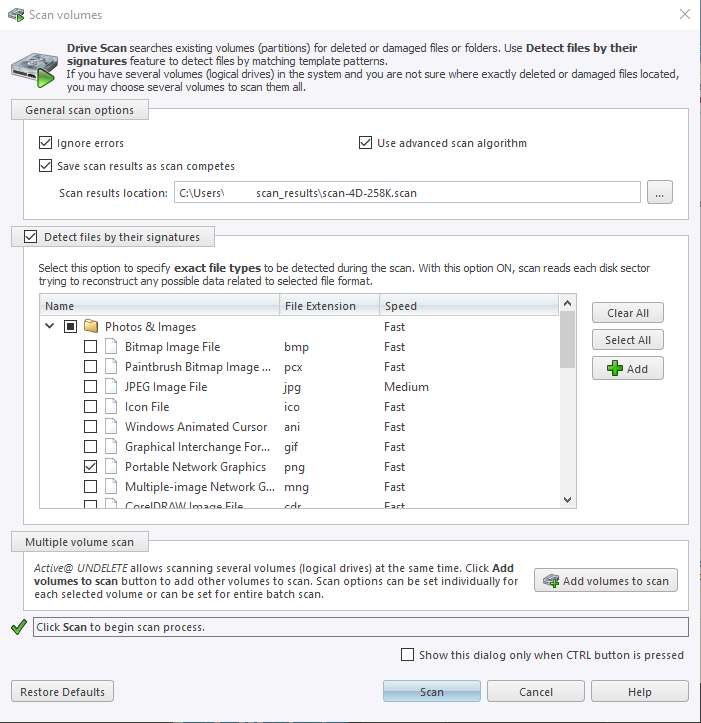
The scanning process will commence, and depending on the speed of your computer as well as the speed and size of the drive the scan duration will vary.
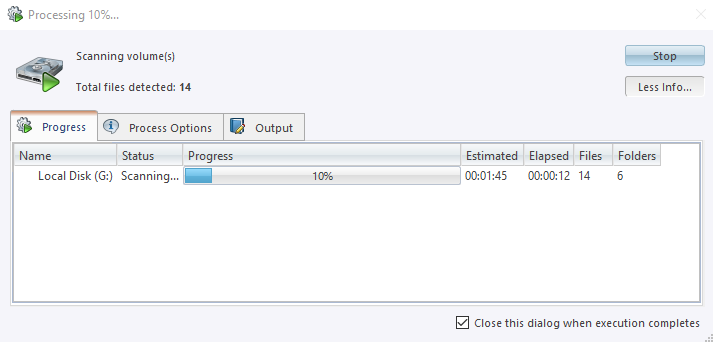
Active@ UNDELETE has successfully found the deleted files. You will notice that each initial file has been divided into three or four pieces. This is of course because of the encryption. Right-click your mouse on the folder or files that you want to recover and click on Recover in the context menu.

The recovery process will start. However, you will be warned that the files are encrypted and that the destination folder does not support EFS files. That’s OK, just click Yes to All continue with the recovery process.
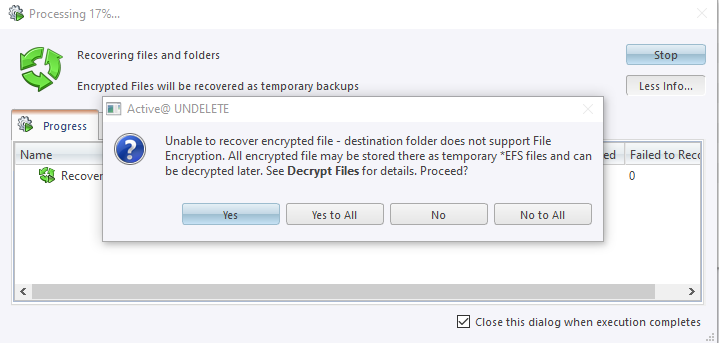
The files will be recovered to the set destination. But to access them we will need to decrypt them.
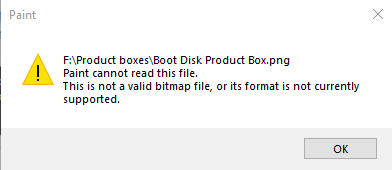
Decrypting files with Active@ UNDELETE
Once you have recovered the files click on the Decrypt Files button in the left menu.
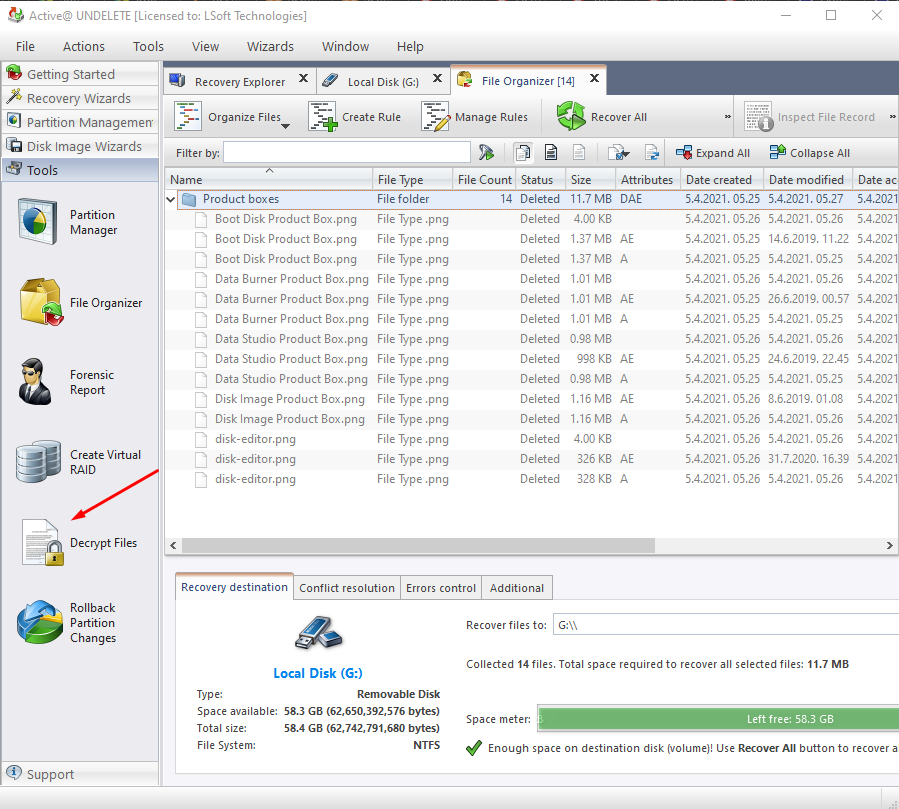
In the Decrypt window add all of those files that you have previously recovered. Please make sure to select ALL of the file parts before starting the decryption process, otherwise, it won't work. Click on Decrypt.
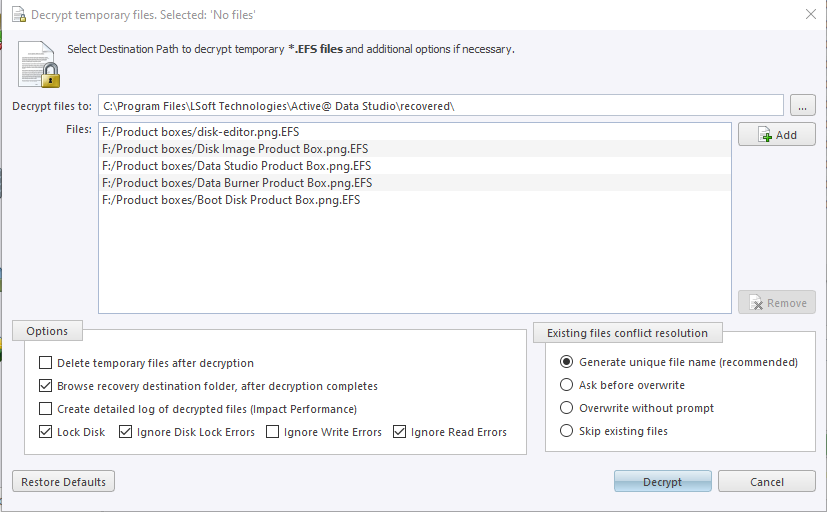
The whole decryption process should not take very long. Unless you changed it, the decrypted files can be found in the default recovered folder where your software installation is stored. The files are ready to be used, alas they are still encrypted which the same user account can change by reverting the process as we explained in Step. 1.
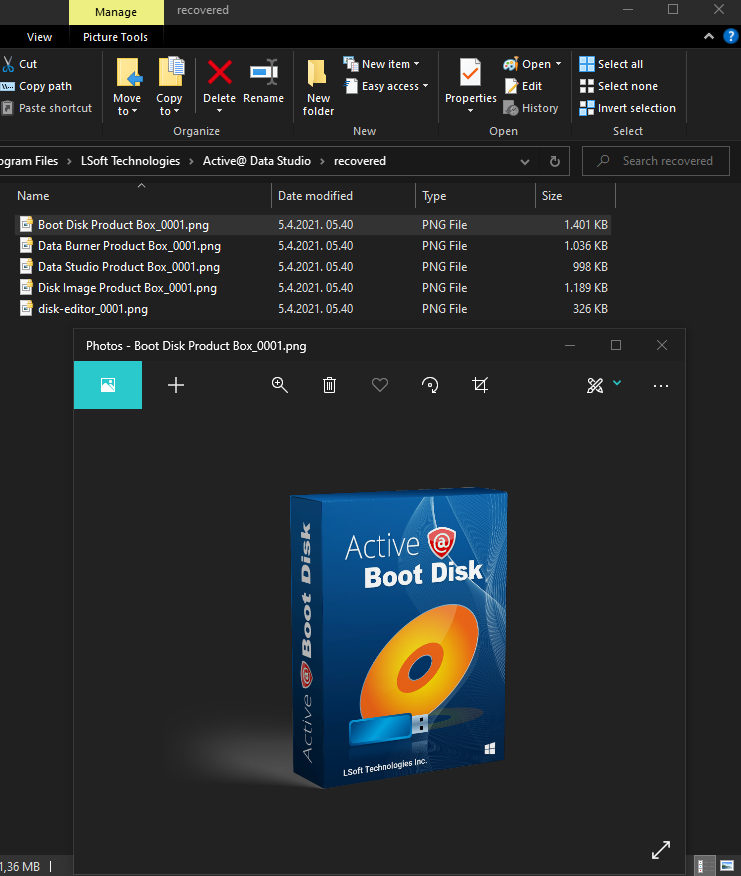
Conclusion
Data security-wise, file encryption is important in preventing unwanted people from snooping around your files. But in case they get deleted or the drive where they were stored gets formatted Active@ UNDELETE can help you in recovering and decrypting files fast and easy.
Software used in the article:

